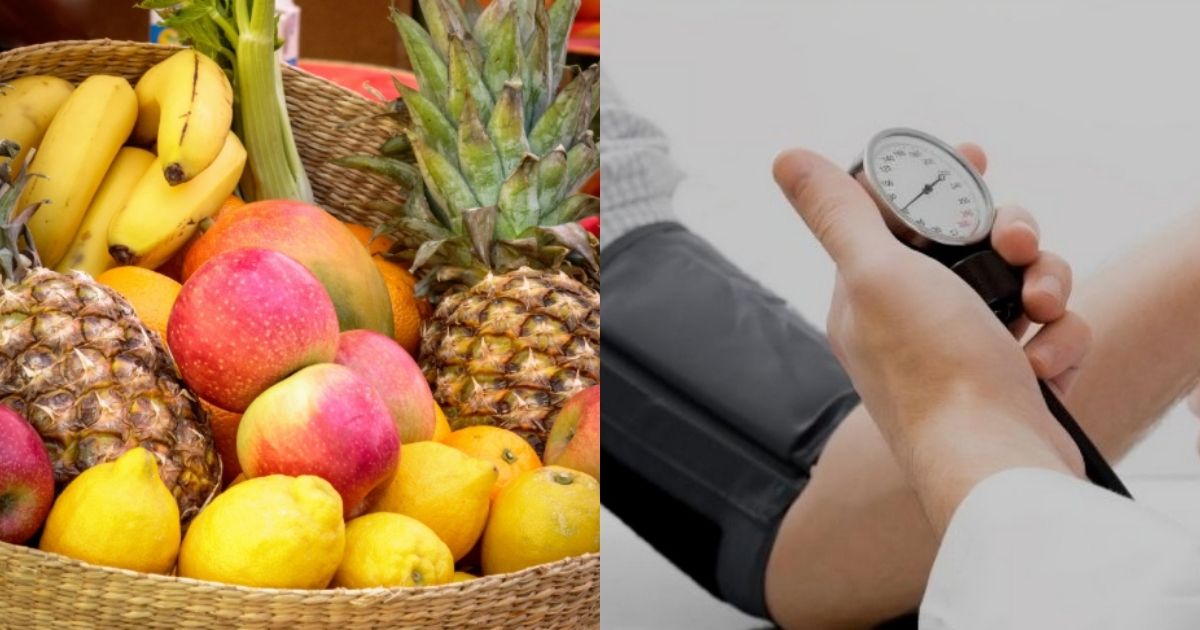A common fruit, which is mostly available in every household, is now being linked to lowering blood pressure. Yes, you heard it right. A new study published in the American Journal of Physiology-Renal Physiology has revealed that this fruit, which already provides multiple benefits, can also aid your high blood pressure. The fruit in question is none other than a banana, a potassium-rich fruit.
According to surveys, nearly a third of all adults across the globe suffer from high blood pressure and, therefore, face complications including stroke, heart disease, chronic kidney disease, and dementia. Medical professionals have been long recommending patients reduce their salt intake to control the body’s sodium levels. However, the new study suggests, alongside cutting salt, including bananas in your diet could potentially regulate the blood pressure more effectively.
Sodium and potassium are electrolytes that play a key role in many essential functions like water retention in our bodies, apart from sending electrical signals to contract muscles. That’s why it is important to increase the ratio of potassium to sodium intake to effectively lower blood pressure rather than just focusing on the latter alone, according to the new study.
Anita Layton, one of the authors from the study conducted by the University of Waterloo, notes, “Usually when we have high blood pressure, we are advised to eat less salt. “Our research suggests that adding more potassium-rich foods to your diet such as bananas or broccoli might have a greater positive impact on your blood pressure than just cutting sodium.”
Previous studies also showed that increasing dietary potassium intake helped control blood pressure. However, the exact balance between potassium and sodium to be maintained for the maximum effect remained unclear at that time. The authors of the new research say, “Although the relationship between excessive dietary sodium intake and elevated blood pressure is well-accepted among the public, the beneficial effects of higher dietary potassium intake have historically received less attention.”
High blood pressure isn’t just about too much salt—it’s also about too little potassium. You need double the potassium to maintain the right ratio.
— Dr. Eric Berg (@dr_ericberg) April 15, 2025
The University of Waterloo study further focuses on a gender-specific method to asses how the ratio between two electrolytes impacts our bodies. This was done via a mathematical model simulating different body levels of potassium and sodium and how that affects blood pressure.
The new modeling reveals that men are more prone to high blood pressure than premenopausal women. At the same time, men are also more likely to respond to an increased potassium-to-sodium ratio.
Melissa Stadt, another researcher for this new study, noted, “Early humans ate lots of fruits and vegetables, and as a result, our body’s regulatory systems may have evolved to work best with a high potassium, low sodium diet.”
The PhD candidate at the University of Waterloo further added that current Western diets are likely much higher in sodium than potassium. “That may explain why high blood pressure is found mainly in industrialized societies, not in isolated societies,” noted Stadt.
Potassium is critical to optimal health and longevity. A simple thing can significantly cut your risk of stroke, high blood pressure (hypertension), heart disease and death: Potassium.
To make sure you consume enough potassium, take around 2,000 mg of extra potassium per day on… pic.twitter.com/G8G33AOS7V
— Lori Shemek, PhD (@LoriShemek) October 4, 2023
Overall, if you are someone affected by high blood pressure, including bananas in your regular diet could really make a huge difference.













